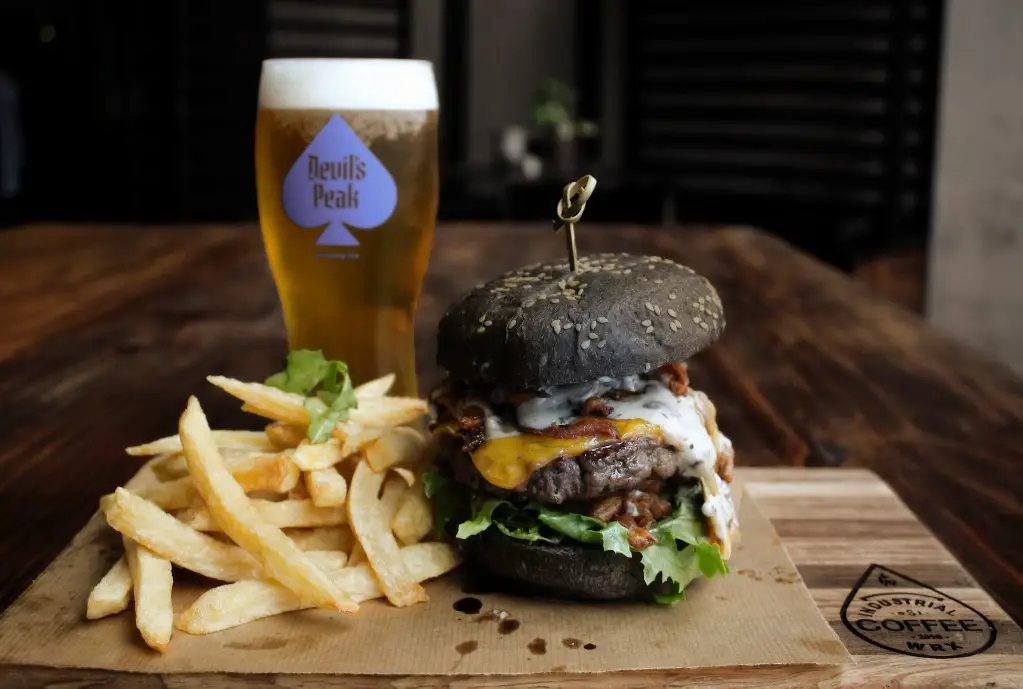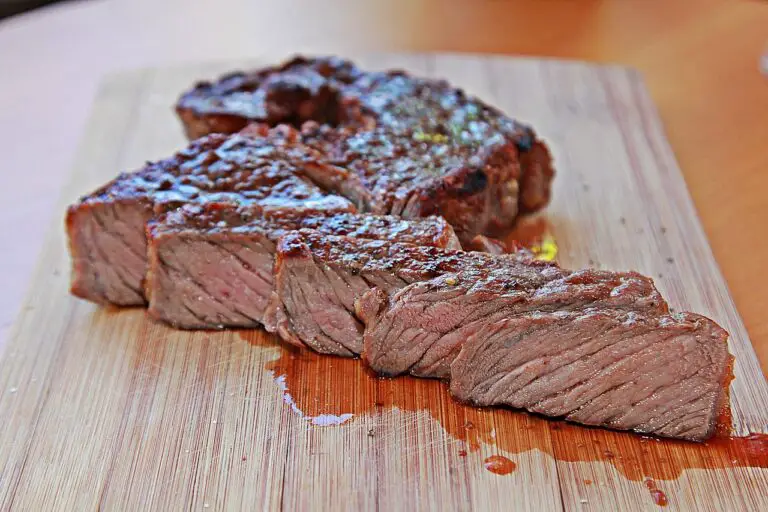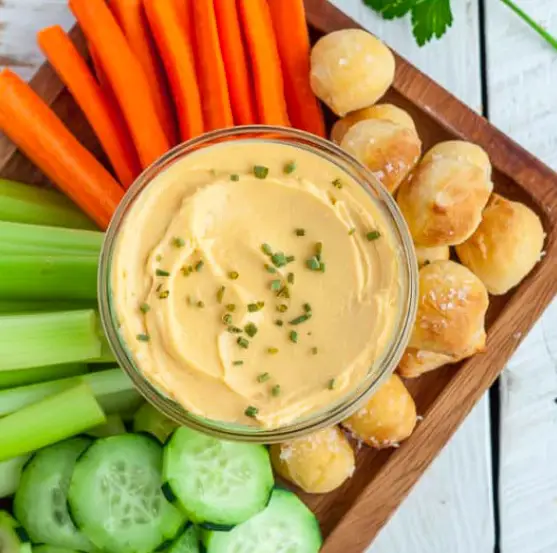How To Make Bitter Beer Taste Better?
Some beers are really bitter, but you can make them less bitter. How to make bitter beer taste better? Let’s see!
Ever found yourself with a beer that’s a tad too bitter for your liking? No worries – making bitter beer taste better is more of an adventure than a puzzle. Start by exploring various beer styles until you find one that suits your taste buds.
Get creative with different malt and specialty grain combinations to bring balance and complexity to the brew. Experiment with adjuncts like fruits, spices, or herbs – they can be your flavor companions. Tweak your hop additions for the right bitterness or try dry hopping for a delightful aroma kick.
Keep an eye on factors like beer temperature and choice of glassware; these little things can make a big difference in your overall enjoyment.
Remember, there’s no one-size-fits-all fix, so enjoy the process of experimenting until you discover the perfect balance that turns your bitter beer into a delightful sip.
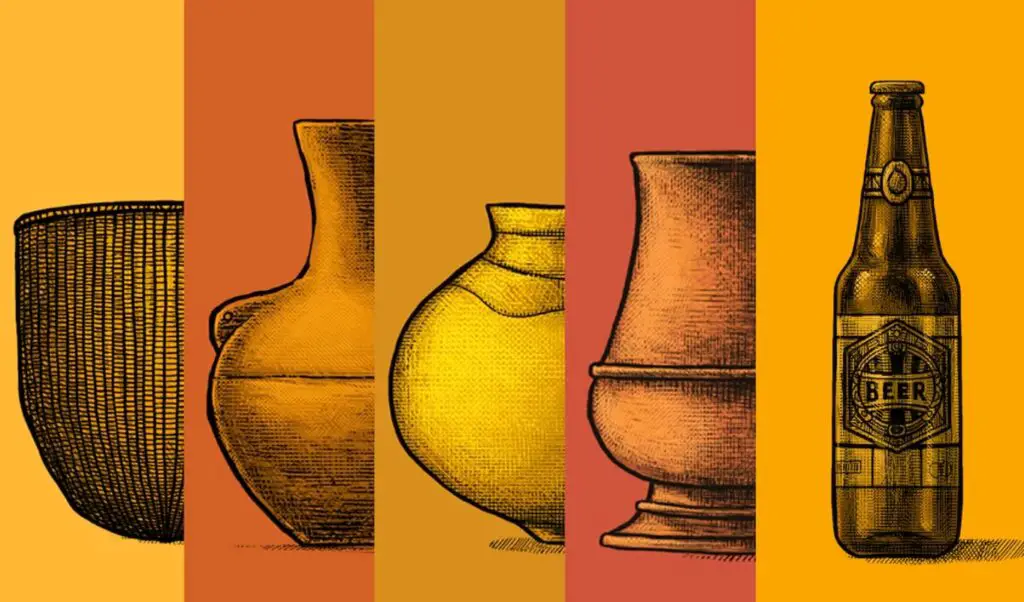
Why Is Beer Bitter?
Beer offers a diverse spectrum of flavors that can range from sweet and malty to bitter and hoppy, and understanding why beer is bitter involves delving into the brewing process. One primary contributor to bitterness in beer is hops. Hops are flowers that add bitterness, aroma, and flavor to beer, acting as a counterbalance to the sweetness from malted barley.
During the brewing process, hops are added at different stages. Hops contain compounds called alpha acids, which are responsible for the bitter taste. When hops are added early in the boiling process, the heat causes these alpha acids to isomerize, creating bitterness in the beer. The bitterness serves to offset the sweetness derived from the malt, resulting in a well-balanced flavor profile.
The bitterness in beer can vary widely, and brewers use the International Bitterness Unit (IBU) scale to measure and communicate the level of bitterness in a particular brew. Different beer styles may have different levels of bitterness, with some styles, like IPAs (India Pale Ales), showcasing a more pronounced bitterness due to a higher hop content.
In addition to hops, the type of malt used and the brewing technique can also influence the overall flavor profile of beer. Specialty grains, yeast selection, and other adjuncts contribute to the complexity of flavors, creating a rich tapestry that goes beyond mere bitterness. Even eggs can be added to beer!
In essence, the bitterness in beer is a deliberate and integral part of the brewing process, providing a counterpoint to other flavors and contributing to the overall enjoyment of this ancient and beloved beverage.
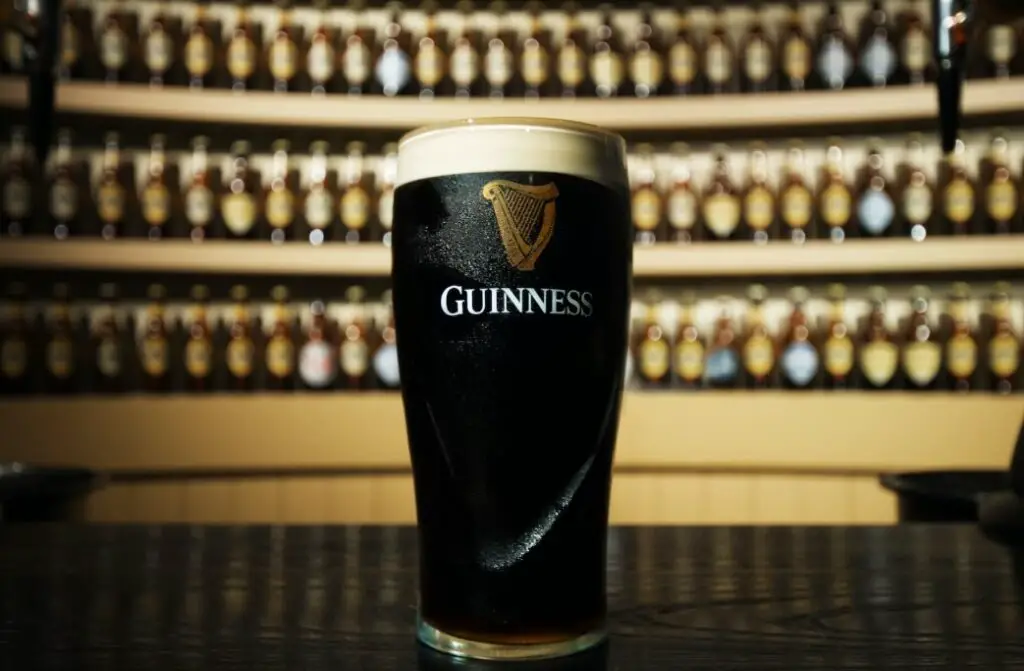
Bittering Agents Explained
Bittering agents play a crucial role in shaping the flavor profile of beer, and one of the primary sources of bitterness in beer comes from hops. Hops, the cone-shaped flowers of the Humulus lupulus plant, contribute bitterness, aroma, and flavor to the brew. The bitterness in hops is attributed to compounds known as alpha acids.
During the brewing process, hops are typically added early in the boil. As the wort (unfermented beer) boils, the heat causes the alpha acids in the hops to undergo isomerization, transforming them into soluble compounds that impart bitterness to the beer. The choice of hop variety, the timing of hop additions, and the quantity of hops all influence the final level of bitterness.
To quantify and communicate the bitterness of a beer, brewers use the International Bitterness Unit (IBU) scale. The IBU scale measures the concentration of iso-alpha acids in the beer, providing a numerical representation of its bitterness. The scale typically ranges from 0 to 100 or more, with lower values indicating milder bitterness and higher values representing more pronounced bitterness.
Different beer styles have varying ideal ranges of IBUs. For instance, light lagers may have a low IBU of 5-15, while hop-forward styles like IPAs can range from 40 to well over 100 IBUs. Brewers use the IBU scale as a guideline to ensure that the bitterness aligns with the intended style and complements other flavor components, such as malt sweetness.
Factors Influencing Beer Perception
The Role of Individual Taste Preferences
Beer enjoyment is highly subjective, and individual taste preferences play a pivotal role in shaping one’s perception of a particular brew. Factors such as genetic predispositions, personal experiences, and cultural influences contribute to the unique palate of each beer enthusiast. What might be overly bitter for one person could be perfectly balanced for another. Recognizing and embracing these individual differences is key to understanding and appreciating the wide diversity of beer flavors.
Beer Temperature and Its Impact on Flavor
Temperature significantly influences the way we experience the flavors in beer. Serving beer too cold can suppress its aromas and flavors, making it challenging to discern subtle nuances. On the other hand, serving it too warm may accentuate certain flavors, potentially overwhelming the palate. The ideal serving temperature varies depending on the beer style; for instance, lighter beers are generally served colder, while complex ales benefit from a slightly warmer presentation. By paying attention to the recommended serving temperatures, beer enthusiasts can enhance their tasting experience and unlock the full spectrum of flavors within a brew.
Glassware and Its Effect on Aroma and Taste
The choice of glassware may seem like a minor detail, but it can significantly impact the aroma and taste of beer. Different glass shapes are designed to highlight specific characteristics of various beer styles. Tulip glasses, for instance, are ideal for aromatic beers like IPAs, as the shape traps and directs the beer’s bouquet toward the nose. Pilsner glasses showcase the effervescence of light beers, while snifters concentrate the aromas of strong ales. The right glass not only enhances the visual appeal of the beer but also contributes to the overall sensory experience, allowing the drinker to fully appreciate the beer’s aroma, flavor, and mouthfeel. Choosing the appropriate glassware is a simple yet effective way to elevate the enjoyment of a well-crafted beer.
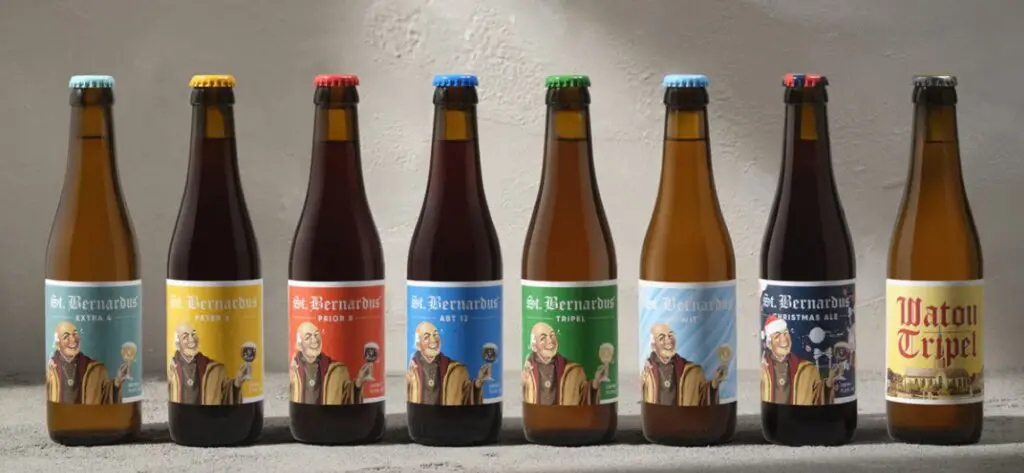
Enhancing Beer Flavor Profile
Selecting the Right Beer Style for Personal Preferences
One of the first steps in enhancing the flavor profile of your beer is selecting the right beer style that aligns with your personal taste preferences. Whether you lean towards the crispness of a lager, the robustness of a stout, or the hop-forwardness of an IPA, understanding the characteristics of different beer styles allows you to embark on a flavor journey tailored to your liking. By exploring and identifying styles that resonate with your palate, you set the stage for a more enjoyable and satisfying beer-drinking experience.
Experimenting with Different Malt Varieties
Malt serves as the foundation for the beer’s sweetness, body, and overall maltiness. Experimenting with different malt varieties allows brewers and homebrewers alike to fine-tune the flavor profile of their beer. Pale malts impart a mild sweetness, while roasted malts contribute chocolate and coffee notes. Crystal malts add caramel sweetness, and specialty malts introduce unique flavors ranging from biscuit to toffee. By combining various malt varieties in different proportions, brewers can craft beers with a rich and diverse array of flavors, offering a broad spectrum of options to suit individual preferences.
Incorporating Specialty Grains for Complexity
To add an extra layer of complexity to the beer’s flavor profile, brewers often turn to specialty grains. These grains, which go beyond the basic malted barley, include additions like wheat, rye, oats, and others. Each specialty grain brings its own set of characteristics, contributing to the beer’s body, mouthfeel, and flavor complexity. Wheat, for example, can enhance a beer’s head retention and provide a light, crisp texture. Rye introduces spiciness and a unique mouthfeel, while oats contribute to a smooth and creamy texture. By strategically incorporating these specialty grains, brewers can elevate the overall complexity of the beer, creating a more nuanced and intriguing drinking experience.
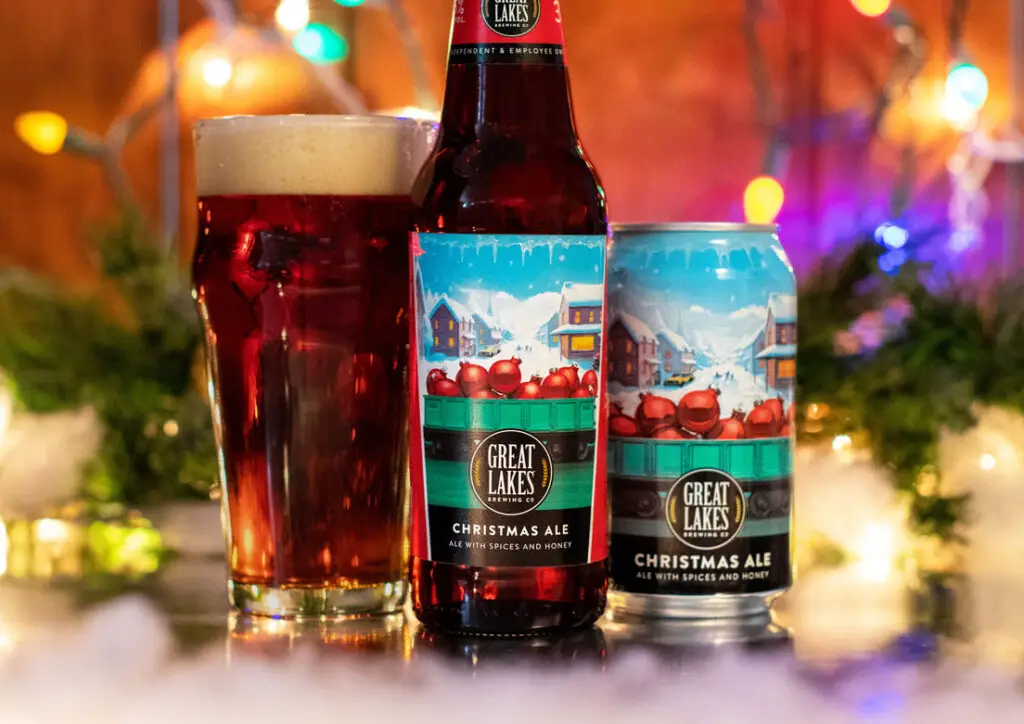
Adjuncts and Flavor Enhancers
Adding Fruit, Spices, or Herbs to Mask Bitterness
To transform the flavor profile of beer, brewers often turn to adjuncts – additional ingredients beyond the traditional water, malt, hops, and yeast. Adding fruits, spices, or herbs is a popular method to introduce unique and complementary flavors while potentially masking or balancing the bitterness. Fruits like berries, citrus, or tropical additions can impart a refreshing sweetness, while spices such as coriander, cinnamon, or herbs like basil can contribute aromatic complexity. These adjuncts not only enhance the beer’s taste but also open up a world of creative possibilities for brewers looking to craft distinctive and memorable brews.
Exploring Dry Hopping Techniques for Aroma Without Excessive Bitterness
Dry hopping is a technique that involves adding hops to beer after the boiling process, during fermentation, or in the post-fermentation stages. Unlike traditional hopping, dry hopping imparts hop aromas without significantly increasing the beer’s bitterness. This technique allows brewers to experiment with various hop varieties to achieve a burst of floral, citrus, or piney aromas without overwhelming the palate with excessive bitterness. The result is often a beer with a tantalizing aroma that complements the existing flavors, providing a sensory experience that goes beyond the taste alone.
Utilizing Oak Aging for Subtle Flavor Changes
Oak aging is another method employed to enhance beer flavors, offering a subtle yet transformative impact. Beers aged in oak barrels can absorb characteristics from the wood, such as vanilla, caramel, and even hints of the previous contents of the barrel (such as whiskey or wine). This aging process imparts complexity and depth to the beer, often resulting in a smoother and more refined taste. The porous nature of oak allows for gradual oxidation, contributing to nuanced flavor changes over time. Whether it’s a stout, sour ale, or barleywine, oak aging provides brewers with a tool to create beers that evolve and develop new dimensions as they mature.

Food Pairing Strategies
Complementing Bitter Beer with Certain Foods
Pairing bitter beers with the right foods can elevate the overall dining experience. Bitterness in beer, often derived from hops, can be complemented by certain foods that share similar or contrasting flavors. For example, the citrusy and piney notes in an IPA can be enhanced by pairing it with spicy dishes, grilled meats, or strong cheeses. The bitterness in the beer acts as a palate cleanser, cutting through rich or fatty flavors and creating a harmonious balance. Additionally, the carbonation in many bitter beers helps refresh the palate between bites, making each sip and bite more enjoyable.
Balancing Flavors Through Contrasting Pairings
Contrasting pairings involve balancing the flavors of the beer with foods that have opposing taste profiles. For example, pairing a bitter beer with a sweet or creamy dish can create a delightful contrast. The bitterness can cut through the sweetness, preventing the palate from becoming overwhelmed and allowing each flavor to shine independently. Pairing a bitter stout with a chocolate dessert or a hoppy beer with a spicy dish are examples of contrasting pairings that highlight the complexity of both the beer and the food.
The Impact of Umami on Beer Perception
Umami, often referred to as the “fifth taste,” is a savory and rich flavor that can have a significant impact on beer perception. Certain foods rich in umami, such as grilled meats, mushrooms, or aged cheeses, can complement the bitterness in beer and enhance its overall flavor profile. The savory quality of umami can provide a counterpoint to the bitterness, resulting in a more well-rounded and satisfying taste experience. Exploring the interplay between umami-rich foods and bitter beers opens up new dimensions of flavor and enhances the overall enjoyment of both the beverage and the meal.
Wrapping It Up
Whether you’re tinkering with brewing techniques, trying diverse flavors, or pairing your preferred bitter brew with the ideal dish, it all boils down to what satisfies your taste. No universal fix here – it’s about uncovering the balance that makes your beer moments truly satisfying. So, here’s to celebrating the bitter, relishing the complexity, and discovering the perfect pint that resonates with your palate.

I am a young architect with a passion that goes beyond blueprints… it’s beer! undertherosebrewing.com is more than just a blog, it’s a manifestation of my lifelong dream to explore, read, and learn everything about beer. Join the blog on this unfiltered and genuine adventure into the heart of beer culture. Cheers!
